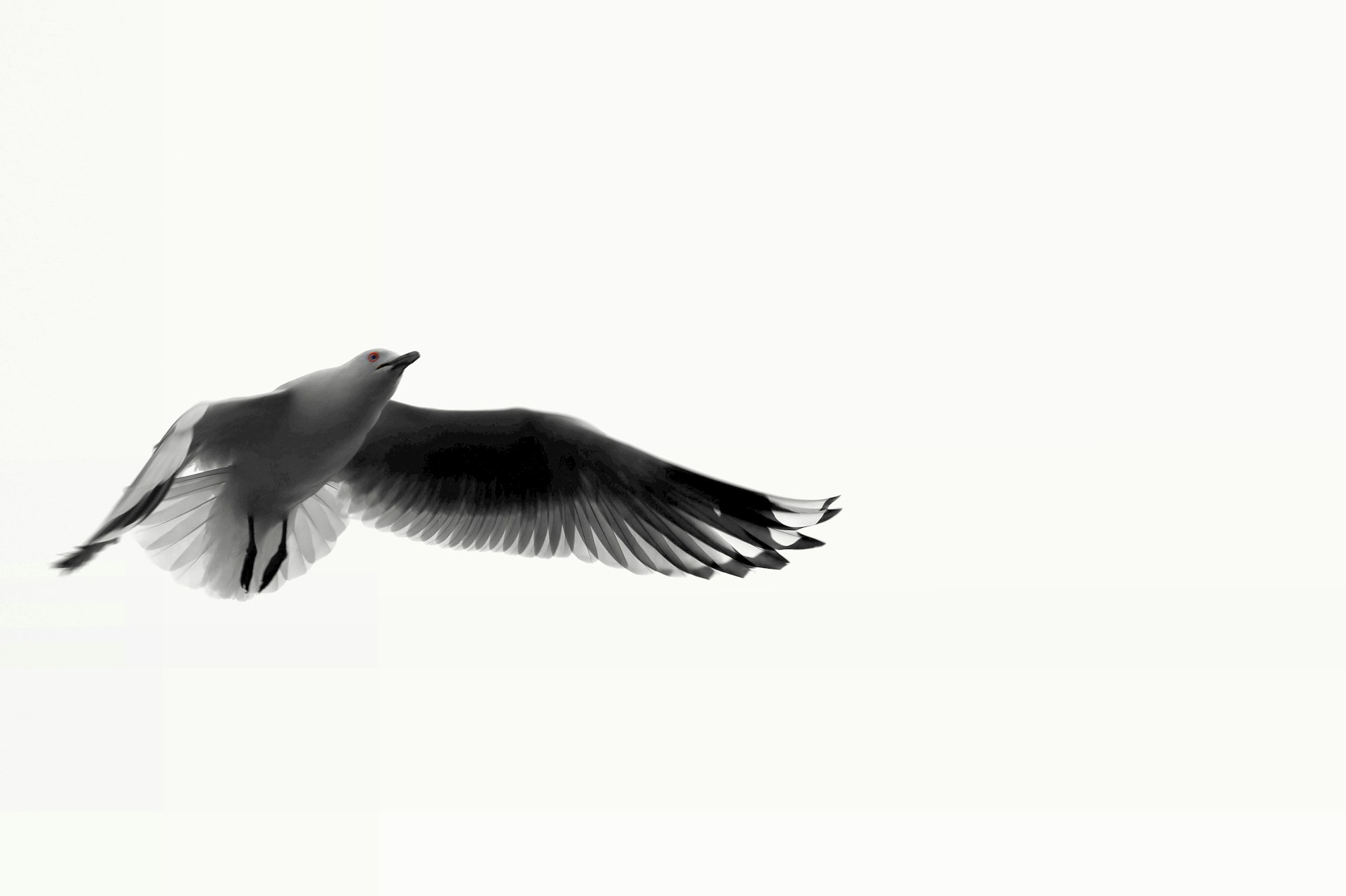Home | Shutter Bison | Outdoor Adventure
Wildlife photography is a thrilling and rewarding genre that allows photographers to capture the beauty of the natural world. Whether you are a beginner or an experienced photographer, here are the top 10 tips for wildlife photography that will help you capture stunning images of animals in their natural habitat.
1. Do your research: Before going out to photograph wildlife, take the time to learn about the animals you want to photograph. Understand their behavior, habitat, and movements to increase your chances of capturing unique shots.
2. Use the right equipment: Invest in a good quality camera and lens that are suitable for wildlife photography. A telephoto lens with a long focal length will allow you to capture close-up shots of animals without disturbing them.
3. Be patient: Wildlife photography requires a great deal of patience. Spend time observing and waiting for the perfect moment to capture a stunning image. Remember, patience is key to capturing the essence of wildlife in your photographs.
4. Use natural light: Natural light is crucial in wildlife photography. Avoid using flash as it can startle the animals and disrupt their natural behavior. Instead, make use of early morning or late afternoon light for soft and warm lighting.
5. Shoot at eye level: To create a connection with your subject, shoot at eye level with the animal. This will give your photographs a more intimate and personal feel, allowing viewers to feel closer to the wildlife.
6. Focus on the eyes: The eyes are the windows to the soul, even in animals. Make sure that the eyes of your subject are sharp and in focus to create a powerful and engaging image.
7. Use a fast shutter speed: Animals move quickly, so it is essential to use a fast shutter speed to freeze their movement and avoid blurry images. A shutter speed of at least 1/500th of a second is recommended for capturing sharp wildlife photos.
8. Respect the wildlife: When photographing animals, always maintain a safe distance and respect their space. Avoid disrupting their natural behavior or getting too close, as this can stress the animals and affect the quality of your images.
9. Look for unique angles and compositions: Experiment with different angles and compositions to create visually interesting and dynamic wildlife photographs. Get down low, shoot from above, or try different perspectives to capture unique shots.
10. Practice and experiment: The more you practice wildlife photography, the better you will become. Experiment with different techniques, settings, and compositions to develop your own style and create stunning images of the natural world.
In conclusion, wildlife photography is a challenging yet rewarding genre that allows photographers to capture the beauty and diversity of the natural world. By following these top 10 tips, you can improve your wildlife photography skills and capture stunning images of animals in their natural habitat.
Home | Shutter Bison | Outdoor Adventure


